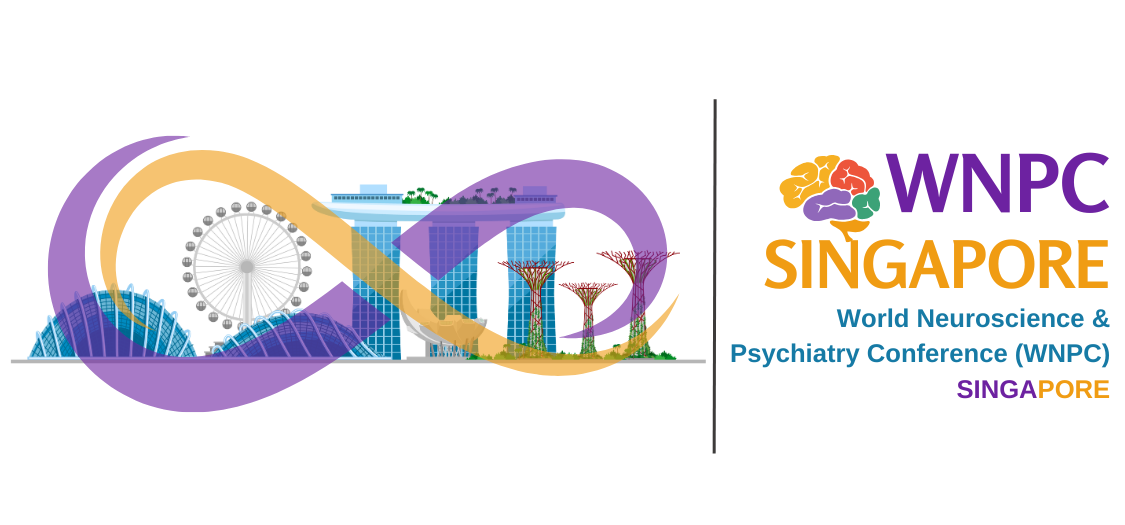Ken Wirastuti
Departement of Neurology and Neurointesive Care, Sultan Agung Islamic Teaching Hospital – Sultan Agung Islamic University, Indonesia
Background: The presence of pulmonary disfunction after brain injury is well recognized. This can be explained by the brain-lung interaction mechanism. A great brain injury will induce a systemic inflammatory reaction that will cause attack other important organs so that there will be a multi-organ failure.
Case Presentation: Male 54 years old is refered to ER with diagnosis infratentorial tumour and hydrocephalus non-‐communicant based on head ct-‐ scan confirmed. VP-shunt was carried out and a week later craniotomy was performed. Post craniotomy, the patient was admitted to the ICU on a ventilator. In the third day in ICU develop into severe ARDS (PF ratio<100), severe sepsis and AKI. Condition of patient: unconcioussness, unstable hemodynamic, leukocytosis, high temperature, Procalcitonin 217, and hyperlactatemia (5,8)
Discussion: After craniotomy, it is suspected that there are severe SIRS that will cause lung and kidney disorders. With hemofiltration, there will be a more adequate regulation of fluid balance, especially in post-brain injury or postoperative craniotomy, where intracranial pressure needs to be tightly guarded besides removing sepsis mediators. After hemofiltration, PCT 62, urine production of 1.1ml/kg/hour, the infiltrate in both lungs decreased, PF ratio 200 – 300, and lactat clearance (1,5)
Conclusion: Hemodiafiltration is an effective choice of supporting interventions in acute brain disorders accompanied by ARDS and septic-‐AKI. Besides being able to improve fluid balance, it is useful to remove inflammatory mediators and ureum where conditions like this can interfere with brain healing function. Hemodiafiltration also helps reduce the need for diuretics, vasopressor and as a ventilation protection in ARDS by restriction of fluid.








